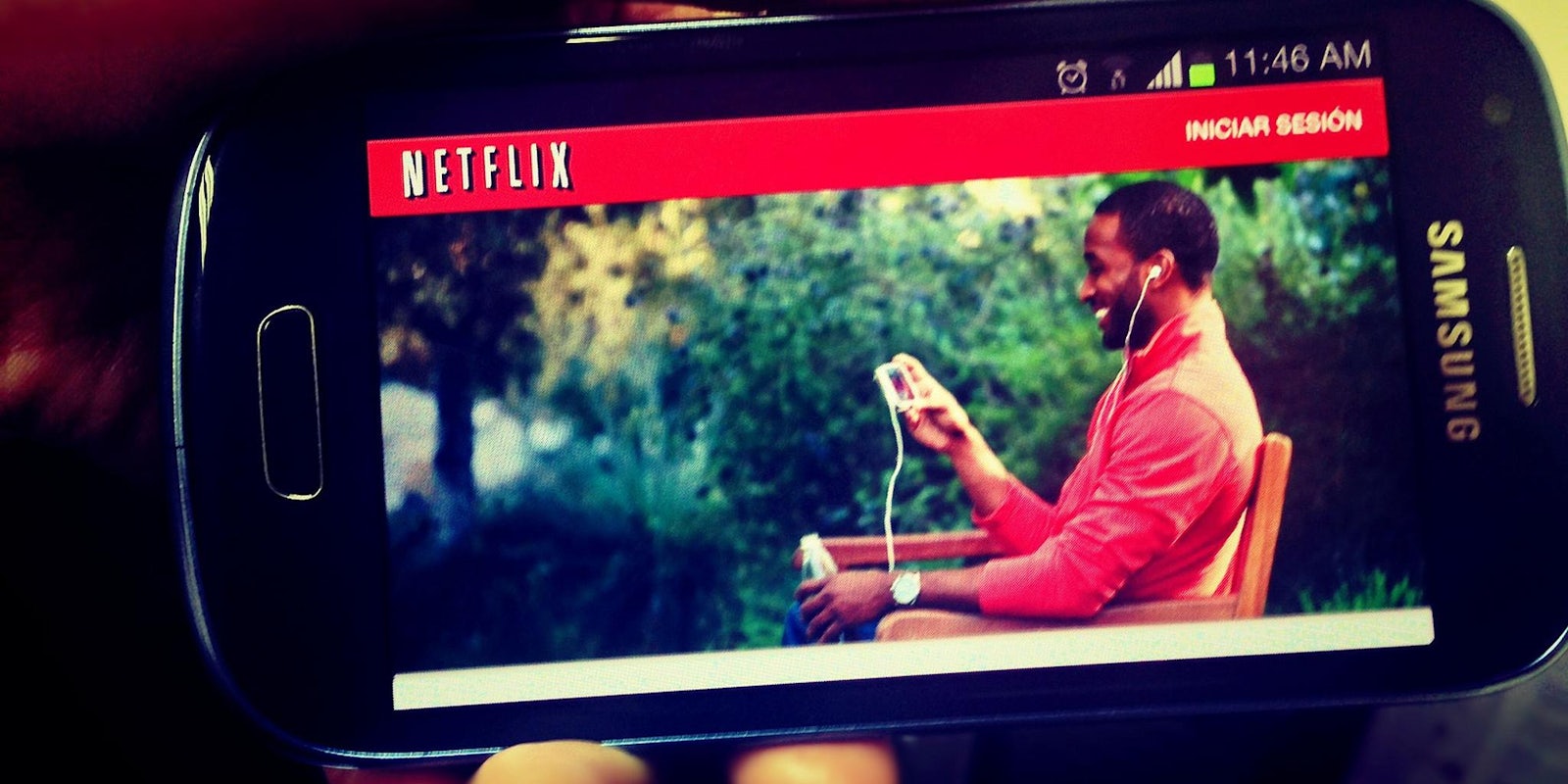Netflix has made a startling claim in its latest blog post, saying its video-streaming service is more energy-efficient than the natural animal process of breathing.
The attention-grabbing headline is part of Netflix’s attempt to make an empirical case that it’s an environmentally friendly company. Netflix said that it used only 0.0013 kilowatt-hours for each hour of streaming video that it served to customers. Here’s how the company breaks down the impact of that energy use:
- 36% was from renewable sources
- 28% was offset with renewable energy credits
- We plan to be fully offset by 2015, and to increase the contribution of renewable sources
- Carbon footprint of about 300g of CO2 per customer represents about 0.007% of the typical US household footprint of 43,000 kg (48 tons) of CO2 per year
The post even says that when you veg out in front of your television, you’re actually saving the planet:
“In 2014, Netflix infrastructure generated only 0.5g of CO2e emissions for each hour of streaming. The average human breathing emits about 40g/hour, nearly 100x as much. Sitting still while watching Netflix probably saves more CO2 than Netflix burns.”
What’s more, people who read books are putting deadly greenhouse gases into the atmosphere!
“A viewer who turned off their TV to read books would consume about 24 books a year in equivalent time, for a carbon footprint around 65kg CO2e – over 200 times more than Netflix streaming servers, while the 100W reading light they might we use would match the consumption of the TV they could have watched instead!”
The blog post does not address the energy efficiency of the company’s DVD-by-mail service, because those DVDs are shuttled around the world by vehicles burning fossil fuels, and pretty much anything is more energy-efficient than that.
Photo via Esther Vargas/Flickr (CC BY 2.0)


